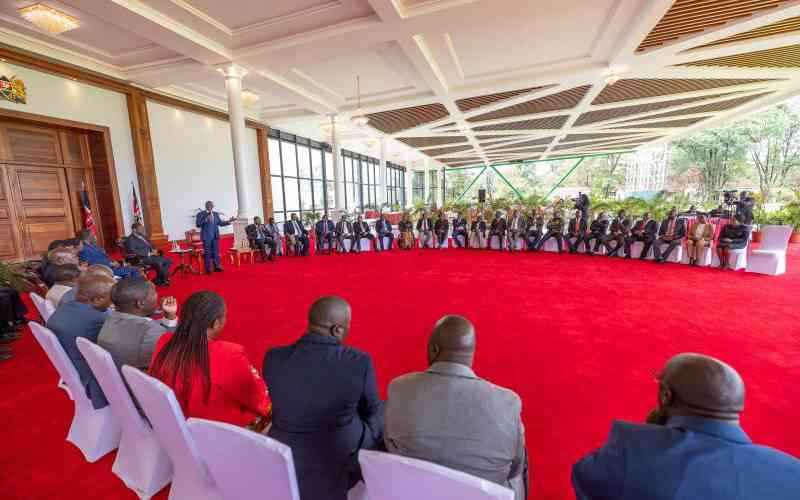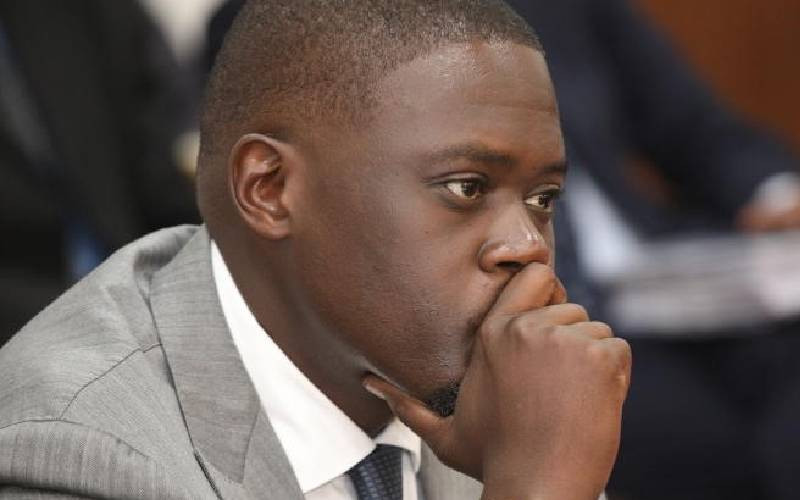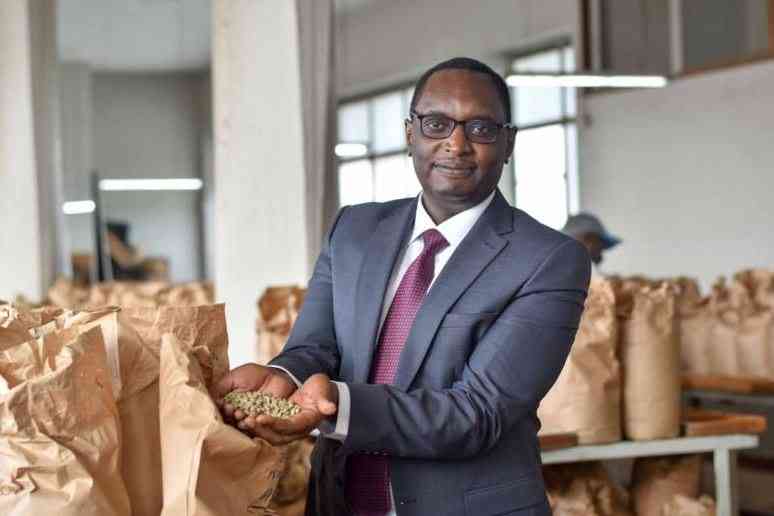The sanctuary has been home to many injured and rescued animals across the region, writes PETER MUIRURI
Many Nairobi residents may remember with nostalgia visits made to the Nairobi Animal Orphanage located within Nairobi National Park. Established in 1964, the orphanage is home to abandoned and injured animals found within and outside the country.
The orphanage has been made all the more popular due to the fact that it is located within the only national park to be found within the precincts of a modern capital city. It is the oldest such facility in Kenya, drawing over 200,000 visitors every year.
Traumatised and injured animals have called the orphanage home at any given time. To make their stay here pleasant, all animals received undergo a routine medical examination and treatment should a serious issue be detected. Thus, the aim of the orphanage is to eventually release the animals back into the wild besides providing conservation related education to those visiting the orphanage.
But did you know that not all animals within the orphanage are indigenous to Kenya? Perhaps you may recall seeing some tigers at one time within the orphanage. Of course, Kenya does not have tigers and the particular pair was donated to the country by the Copenhagen Zoo.
game DONATIONS
In the 1960s, two pygmy hippos were brought to Kenya to be exhibited at the Liberian stand in the Agricultural Society of Kenya show in Nairobi. After the show, the then Liberian President William Tubman donated the two animals to President Kenyatta who handed them over to the Nairobi orphanage for ‘safekeeping’.
You may also be interested to know that some of the animals within the orphanage are captured from smugglers at our border points.
A few animals have left an indelible mark on the orphanage. Chief among these is the dearly loved chimpanzee who was known as Sebastian. Brought to the orphanage by the legendary big game hunters, he was initially housed at the old orphanage before getting his own enclosure in 1968.
seba the chimp
For three decades, Sebastian delighted many with his ‘human-like’ antics, as he would imitate what he saw his guests do. Some visitors took his friendliness too far with some offering him cigarettes, which he would gladly puff away. Sadly, Sebastian was found dead in his cage on the morning of July 19, 1996. His body was taken to the Institute of Primate Research in Karen for a post-mortem. In memory of Sebastian, KWS erected Sebastian Café within the same grounds.
The orphanage has also been a theatre of some intriguing acts. It has witnessed some strange animal behaviour among them the adoption of a bush baby by a baboon. The two animals may have led diverse lifestyles in their original habitats but found each other at the orphanage. The bush baby came from Karatina while the baboon had been rescued in Maralal.
The orphanage is more than a rescue centre for troubled animals. It also educates the public about wildlife and environmental conservation in Kenya. Within the centre, one gets to become better acquainted with the life history of each animal — those rescued or born in captivity. One can witness the animals feeding during early afternoon.
animal adoption
Recently, KWS instituted a programme whereby individuals and corporates can adopt an animal, with the proceeds going towards the provision of food, medicine, toys, infrastructure construction and repairs. A number of notable individuals have adopted some animals. More recently, the fastest man on earth Jamaican Usain Bolt adopted a baby cheetah, most likely due to the fact that a cheetah is the fastest animal on land.
Stay informed. Subscribe to our newsletter
The immediate prosecutor at the International Criminal Court Louis Moreno Ocampo also made a visit to the orphanage in one of his trips to the country.
Today, the orphanage has become a popular spot for local families as well as school educational tours. It is one of the few locations within the country where one can get a close up view of ferocious beasts.
So the next time you are at the Nairobi Animal Orphanage, spare a moment and reflect on how you too, can become part of the wildlife conservation effort by helping preserve a heritage for future generations.
 The Standard Group Plc is a
multi-media organization with investments in media platforms spanning newspaper
print operations, television, radio broadcasting, digital and online services. The
Standard Group is recognized as a leading multi-media house in Kenya with a key
influence in matters of national and international interest.
The Standard Group Plc is a
multi-media organization with investments in media platforms spanning newspaper
print operations, television, radio broadcasting, digital and online services. The
Standard Group is recognized as a leading multi-media house in Kenya with a key
influence in matters of national and international interest.
 The Standard Group Plc is a
multi-media organization with investments in media platforms spanning newspaper
print operations, television, radio broadcasting, digital and online services. The
Standard Group is recognized as a leading multi-media house in Kenya with a key
influence in matters of national and international interest.
The Standard Group Plc is a
multi-media organization with investments in media platforms spanning newspaper
print operations, television, radio broadcasting, digital and online services. The
Standard Group is recognized as a leading multi-media house in Kenya with a key
influence in matters of national and international interest.





